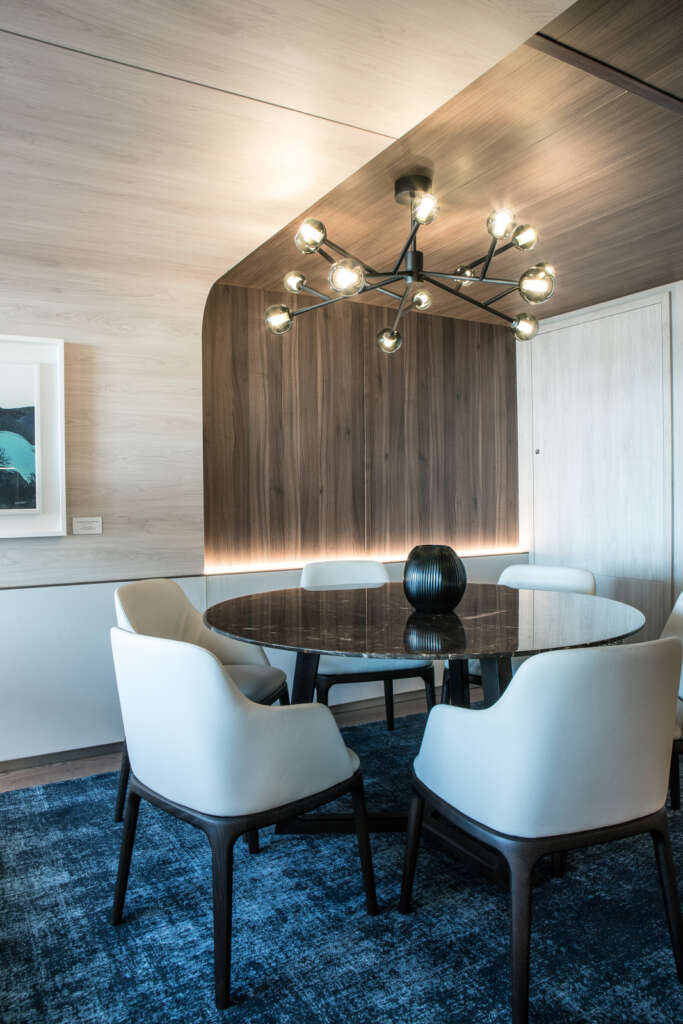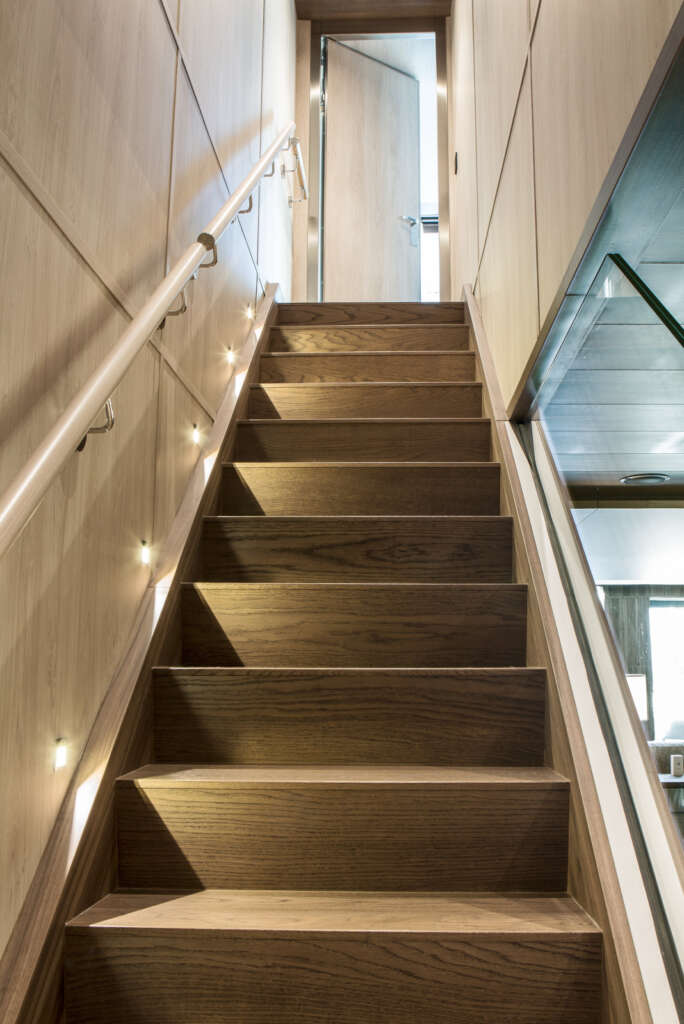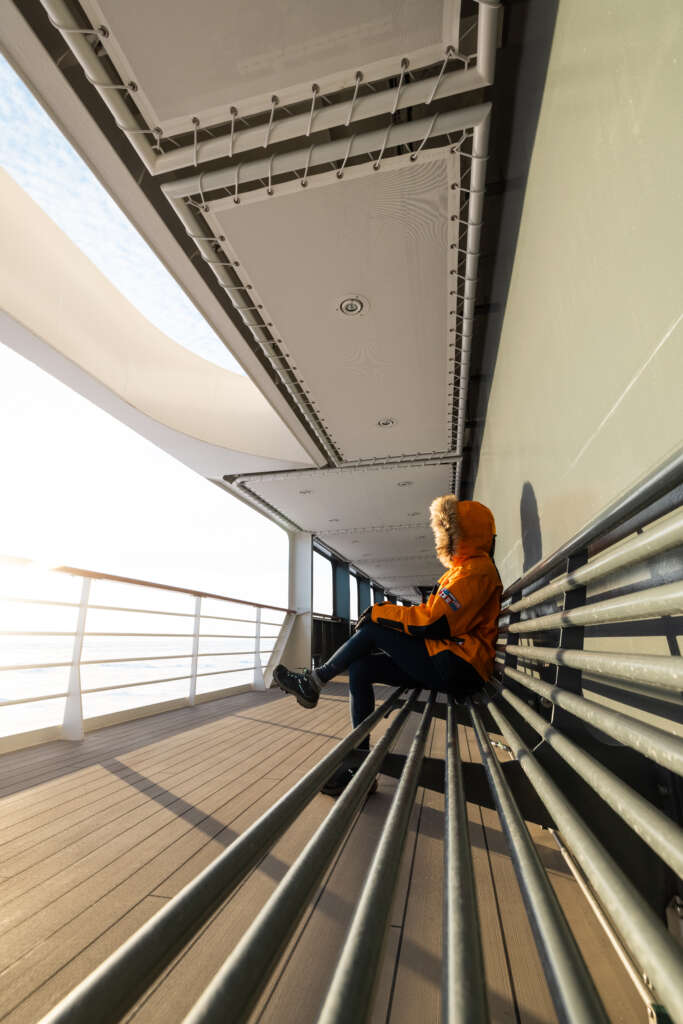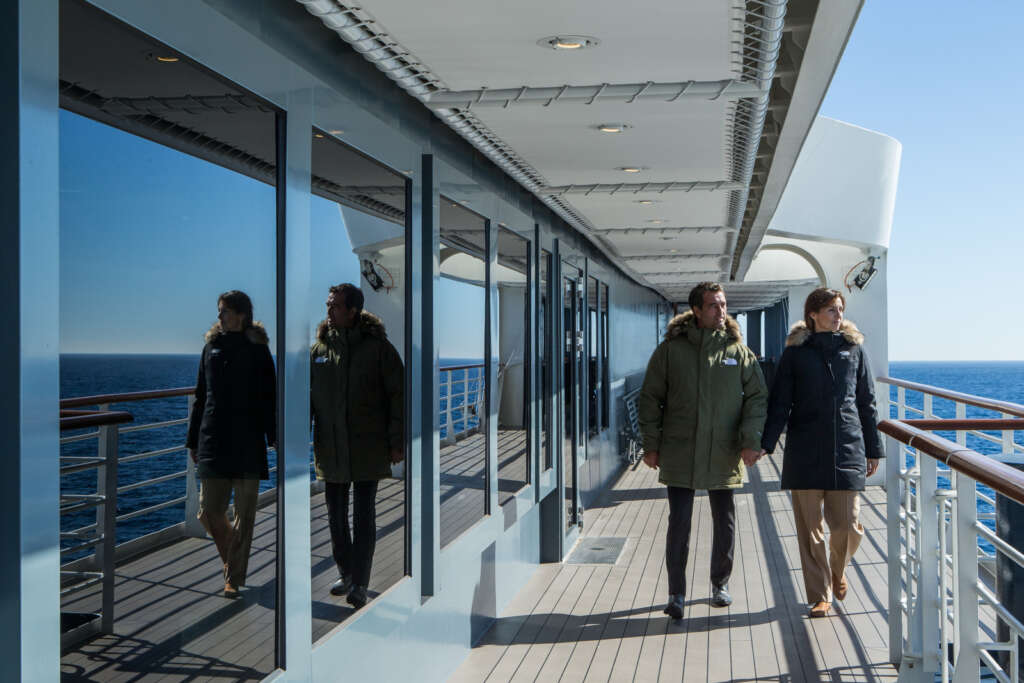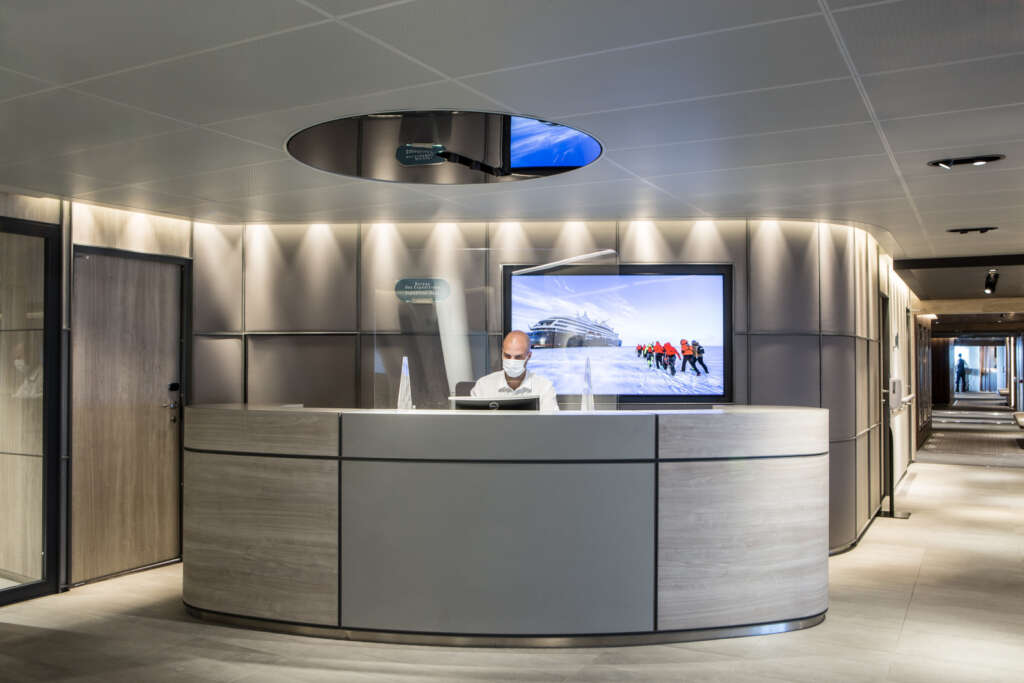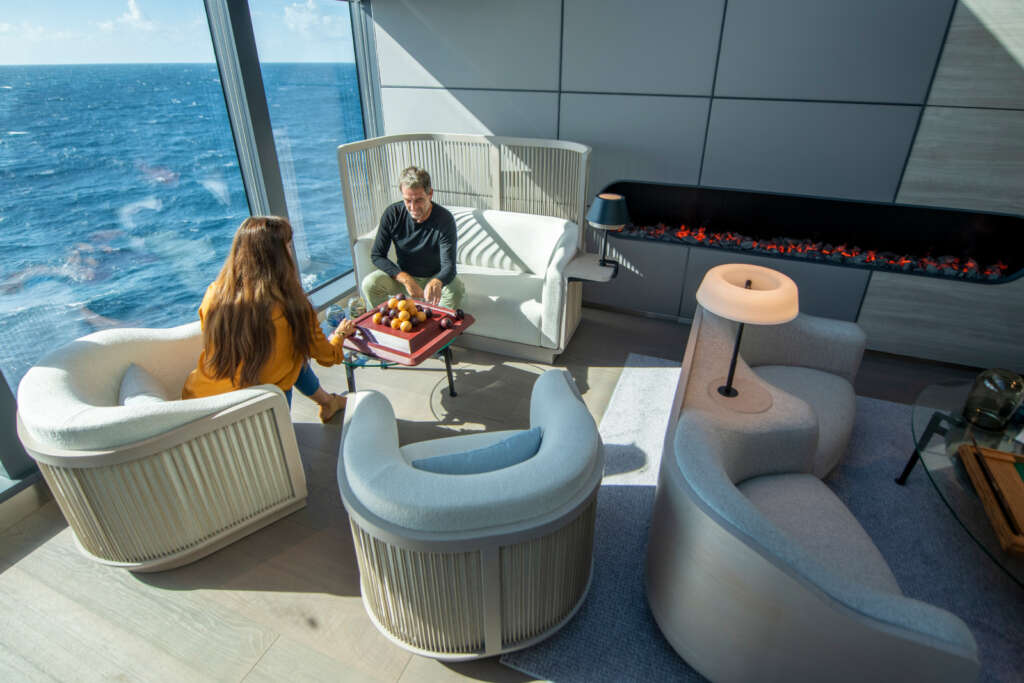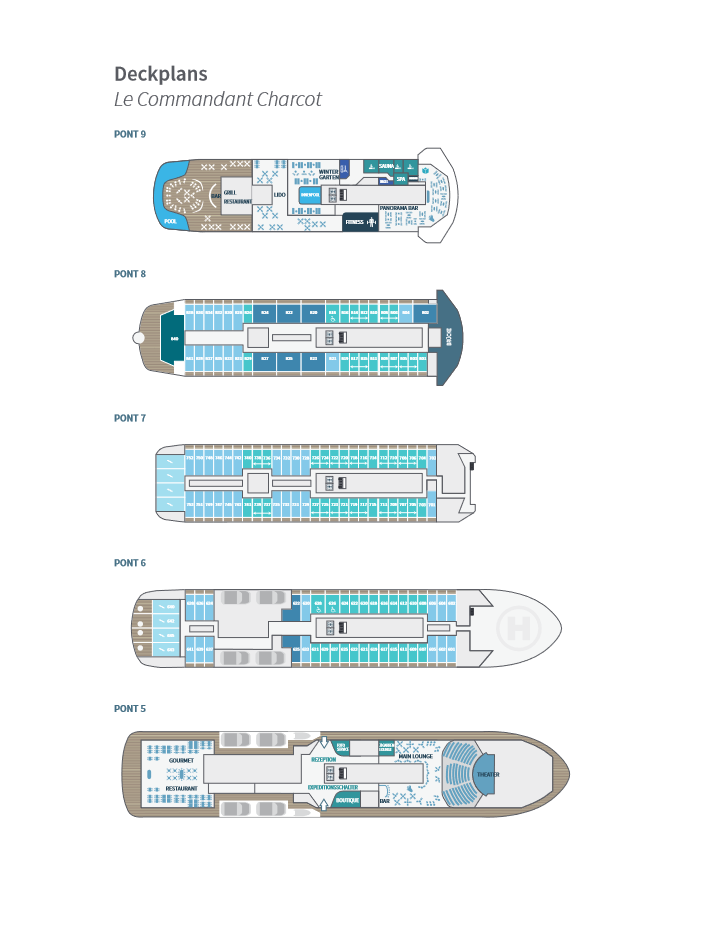Diary of a Journey under the World – Part 5 – Charcot Island, Seals & Ships
David travelled aboard the magnificent Le Commandant Charcot by PONANT Cruises earlier this year on a half circumnavigation trip from Ushuaia, Argentina to New Zealand and what follows are his notes and highlights of a once in a lifetime trip to Antarctica in 2023.
David Heydon has been many things, nominated for Australian of the Year in 2016, the 2012 recipient of the Moore Medal, and a deep seabed mining pioneer. Most days David would be one of the expert naturalist guides aboard a ship, but today he is a guest on the Le Commandant Charcot.
David is an expedition cruising veteran, one who is uniquely specialized in the Polar. His extensive geological knowledge provides welcome insight into these regions’ many fjords and glaciers.
Day 7
The morning revealed the shores of Charcot Island (the red marker on the map). This island has a special connection to the Le Commendant Charcot. The ship’s namesake, Jean-Baptiste Charcot, named the island after he discovered it on January 11, 1910.
However, it wasn’t actually named after himself as you might expect, instead it was named to honour his late father, Jean-Martin Charcot. You probably haven’t heard of Jean-Martin Charcot, but he was a neurologist famed for describing diseases such as multiple sclerosis, and provided landmark research towards understanding Parkinson’s disease. He was even famous enough to be mentioned in Bram Stoker’s Dracula, “And of course then you understand how it act [sic], and can follow the mind of the great Charcot”. Certainly a talented family.
The ship itself is now firmly within the brash ice. The surface of the sea is covered almost completely in ice, between the larger bits you see in the images are smaller bits.
The brash ice allows for seals to rest before they go for rides in the currents. David says the seals here are ‘crabeater’ seals. Despite the name they don’t actually eat much crab, instead 90% of their diet is comprised of antarctic krill. A good choice all-in-all, as they are one of the most prevalent species on the planet in terms of biomass, taking up an approximate 500-million metric tons. In comparison, humans take up a measly 100-million metric tons.
The ice can pose problems, even for ships like Le Commendant Charcot. This is why the ship actually has a second bridge, positioned at the rear of the ship. This is used when the ship needs to reverse in order to cut away or break out of ice, it can come in handy – although hopefully it won’t be needed on this trip.
You might be wondering how comfortable it is on the deck, given the whole sub-zero temperatures. The ship actually has a number of features in order to maximise comfort and warmth, reusing the heat generated by the engine in a few clever ways. For one, hot water is piped through seats on the deck, making for a cozy place to relax.
The heat is also repurposed to warm the brazier on the rear deck, as well as the surrounding bench seats. The interior and exterior pools are also heated, perfect for a dip after a stint in the ice-room. Kind of like an inverse sauna-pool combo.
Today also marks the crossing of the 70 degree South latitude, for comparison this is twice the distance of Canberra to the equator (as Canberra sits at approximately 35 degrees South).
David is looking forward towards what the next days bring.
continued in Part 6 coming soon…


